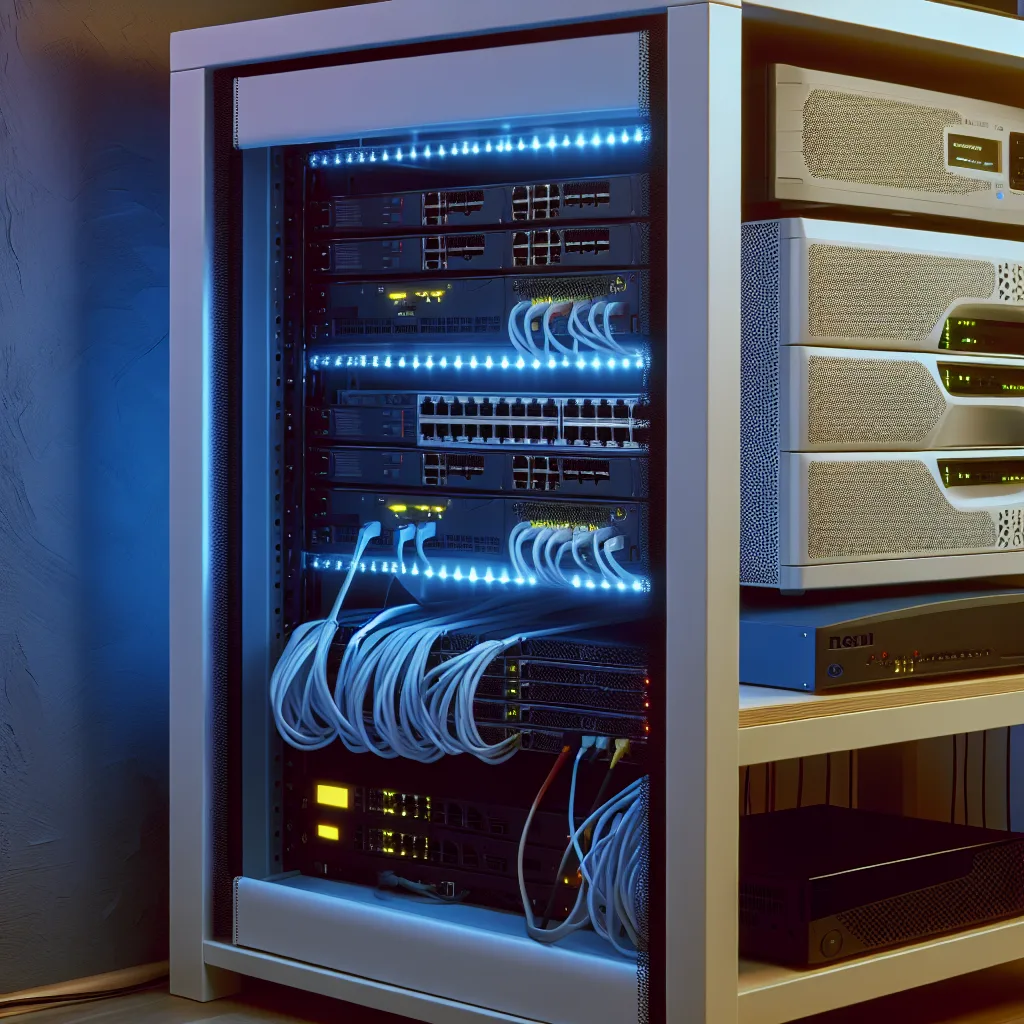Exploring the joys and quirks of upgrading your home lab with a dedicated rack setup
Upgrading to a rack is something that many tech enthusiasts and home lab owners eventually consider — and when I finally took the plunge, it was as much a practical decision as it was a moment to embrace the chaos of possibly making more questionable spending decisions. But seriously, moving to a rack setup opened up a new world of possibilities for organizing and expanding my gear, and it’s something I think a lot of folks on their tech journeys will relate to.
The Case for Upgrading to a Rack
If you’ve been juggling devices, cables, and servers on a desktop or in scattered piles, you’ll know the frustration. Upgrading to a rack lets you consolidate everything neatly. It’s not just about aesthetics; it improves airflow, accessibility, and overall management. I found that having a dedicated space to mount switches, servers, and patch panels made troubleshooting a breeze.
Plus, racks come in various sizes (from compact 12U units to monster 42U or larger). Finding the right fit for your home lab or small office means you have room to grow — and who doesn’t like the idea of a setup that can evolve without immediate insurance claims?
What Does It Mean for Your Budget?
Here’s the funny part: upgrading to a rack can feel like opening a financial floodgate. Suddenly, there are so many accessories, cables, rails, blank panels, and cooling options you start eyeing. Just like I did. It’s a slippery slope to buying components that are “essential” but weren’t on your initial list. But at least you know it’s a good type of problem to have!
For folks interested in exploring options, manufacturers like APC and Tripp Lite make great rack enclosures and related gear. You’ll find lots of community advice and reviews on sites like Tom’s Hardware and ServeTheHome to guide your choices.
Practical Tips for Setting Up Your Rack
- Plan Your Layout: Spend some time thinking about which devices need priority. Leave space for future expansion.
- Manage Cables: Use Velcro straps or cable management bars to keep things neat.
- Monitor Cooling: Proper airflow is critical. You might need extra fans or strategically placed vents.
- Label Everything: Trust me, you’ll thank yourself later.
The Joy of Organized Chaos
At the end of the day, upgrading to a rack means saying hello to a more organized, scalable, and just plain cooler setup. Sure, it might inspire a few “oops” buying moments, but that’s part of the fun. If you’re on the fence, think about it as an investment in your tech sanity and future projects.
For more insights on home lab setups and upgrades, check out resources from Network Computing and Linus Tech Tips.
Whether you’re a newbie or looking to upgrade your existing setup, a rack can simplify your life — and maybe give you a good story about the quirks of upgrading to a rack along the way.
